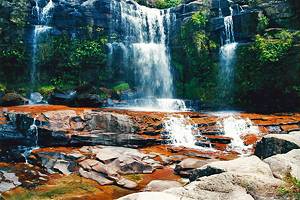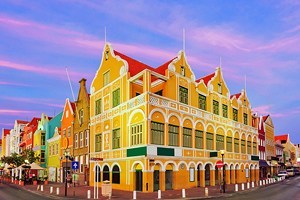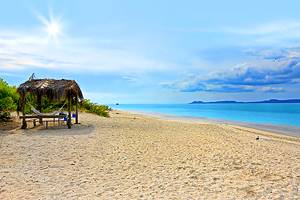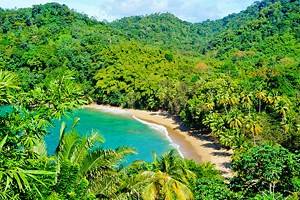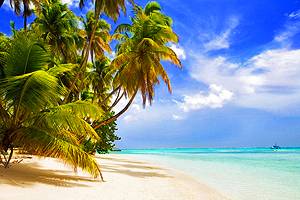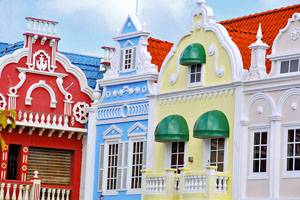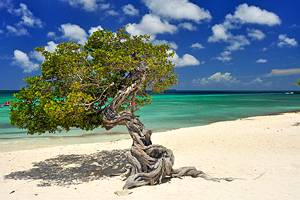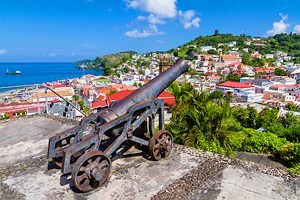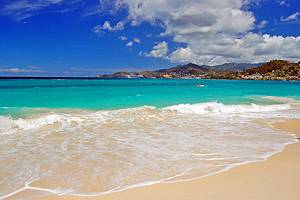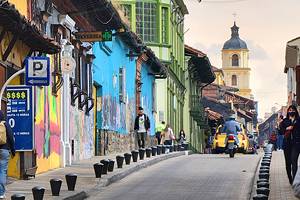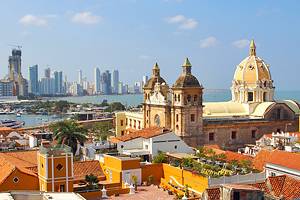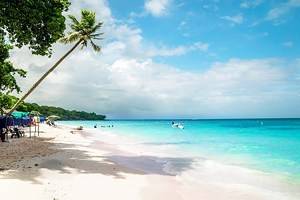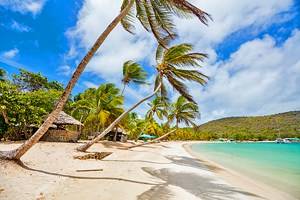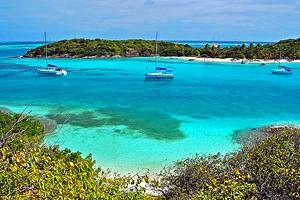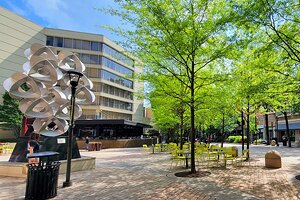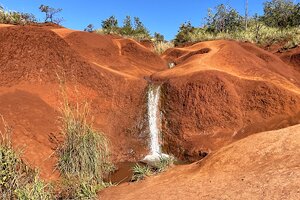Venezuela in Pictures: 18 Beautiful Places to Photograph
Located in the northern corner of South America, Venezuela benefits from having a great coastline, a bit of jungle, some great hills and mountains for hiking, and a number of tropical resort islands — and all offer amazing opportunities to capture colorful pictures.
Whether you're after towering sand dunes, the world's highest uninterrupted waterfall, massive national parks, or chances to just enjoy your own quiet corner of paradise, Venezuela has something for all kinds of photographers.
It's easy to find worthwhile subjects for eye-catching images. Here is our pick of the most stunning places to photograph in Venezuela.
- Cayo De Agua
- Gran Roque
- Crasqui Island
- Dos Mosquises Islands
- Morrocoy National Park
- Angel Falls
- Mount Roraima
- Medanos de Coro National Park
- Auyán-tepui
- La Gran Sabana
- El Fosso Cave
- Parque del Este
- Mucubaji Lagoon
- Humboldt Peak
- Los Frailes Island
- Cerro Autana
- Isla de Margarita (Margarita Island)
- Orinoco Delta
Cayo De Agua

Right in the Eastern Caribbean Sea across the coast from Los Roques National Park, Cayo de Agua attracts many visitors searching for peace, solitude, and postcard-perfect pictures. Beaches here are soft, white, and solitary, mainly inhabited by birds. Easy hiking trails connect the coastline to freshwater pools and diving spots.
- Read More: Top-Rated Tourist Attractions in Venezuela
Gran Roque
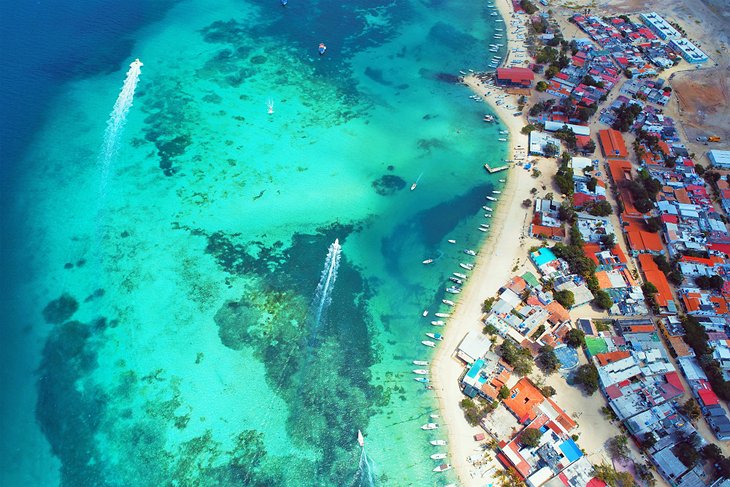
The main island in Los Roques archipelago, Gran Roque is often the anchor area for yachts and cruises from all over South America and even Europe. Images of pristine white beaches and inner lagoons, colorful coral, and a rich marine life are just the starting point of the photo opportunities here — there's also a turtle rescue and research center, excellent snorkeling and diving, kitesurfing, and bird-watching on the islands.
Crasqui Island
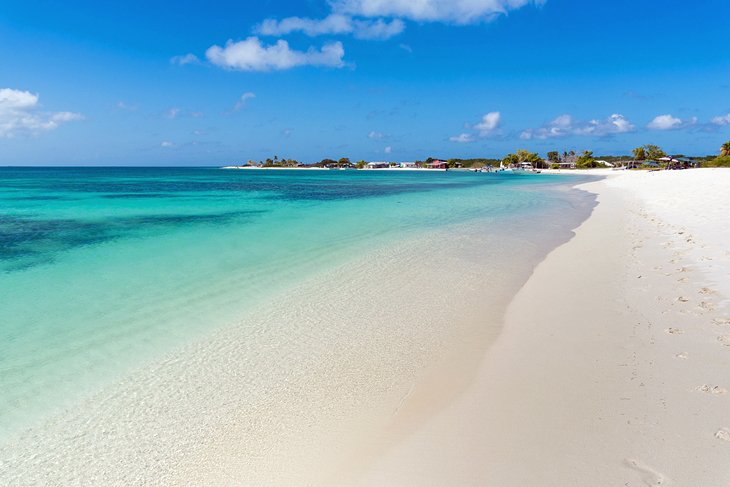
Also part of Los Roques archipelago, the small group of Crasqui islands are quiet, underdeveloped, and a prime destination for snorkelers who want the ocean to themselves. The waters around Crasqui are quiet, and the beaches clean and almost deserted, making them ideal for people-free pictures. It's possible to rent sailboats and catamarans to mix in with local fishermen on the deep blue waters around the island.
Dos Mosquises Islands
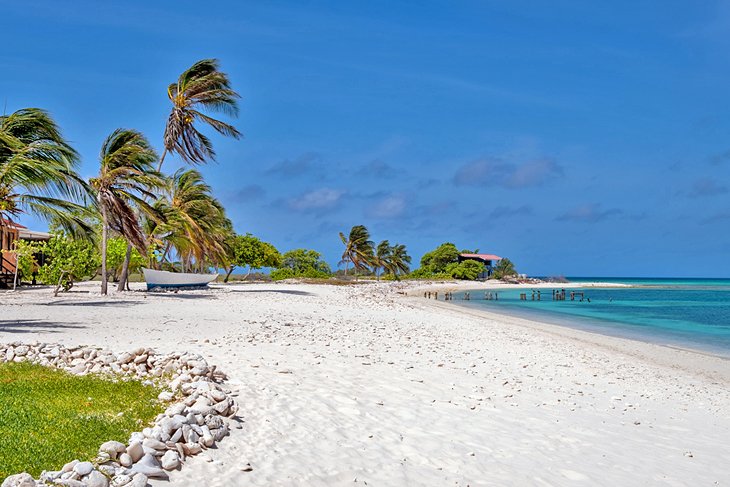
Home to a Marine Biology Research Station and a sea turtle breeding and protection program, the islands are carefully monitored to prevent damage to nature. Most visitors come here to learn more about the conservation efforts, lie quietly on the golden beaches, explore the trails that crisscross through the coconut trees away from the coastline, and capture beautiful images.
Morrocoy National Park
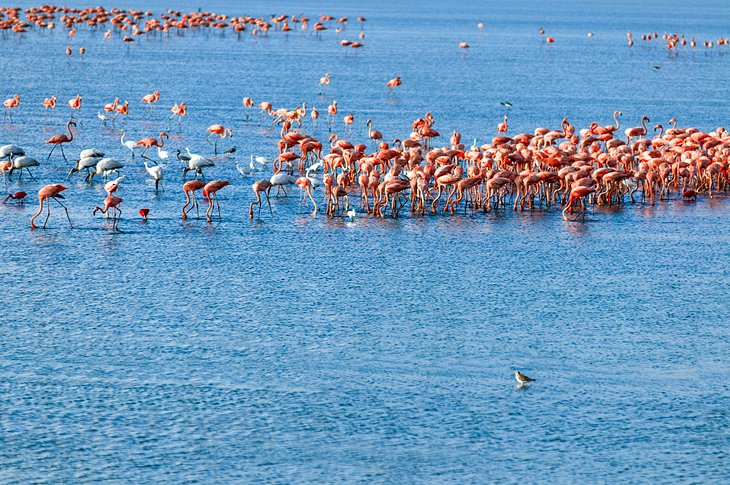
Covering 320 square kilometers of both aquatic and terrestrial zones, the Morrocoy National Park is especially known for its large population of flamingos. Mangroves sit against white beaches, softly sloping into the sea and rich coral life.
Although there are a number of small towns and inns within the park borders, many visitors choose to camp in the area instead, making it easier to take photos of the wildlife.
Angel Falls
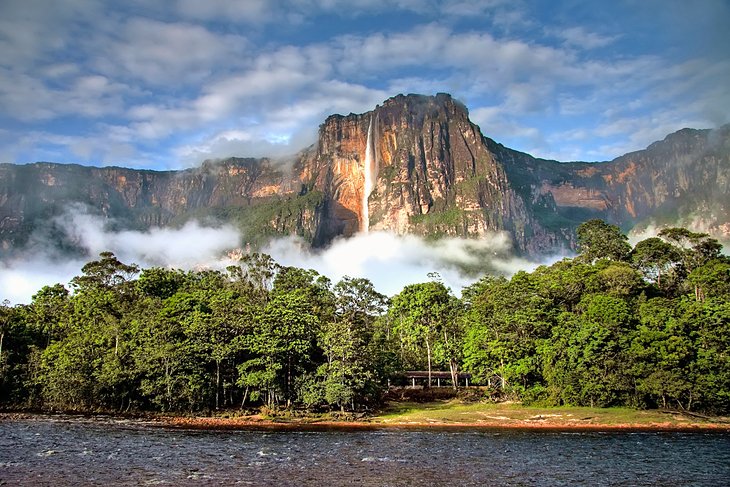
The Angel Falls are particularly beautiful in the foggy morning light. At 979 meters, it's the highest uninterrupted (no steps or breaks) waterfall in the world. The falls can only be reached between June and December and only via a river trip to the bottom of the falls. From here, visitors can hike through the jungle and up the Auyán-tepui mountain.
Mount Roraima
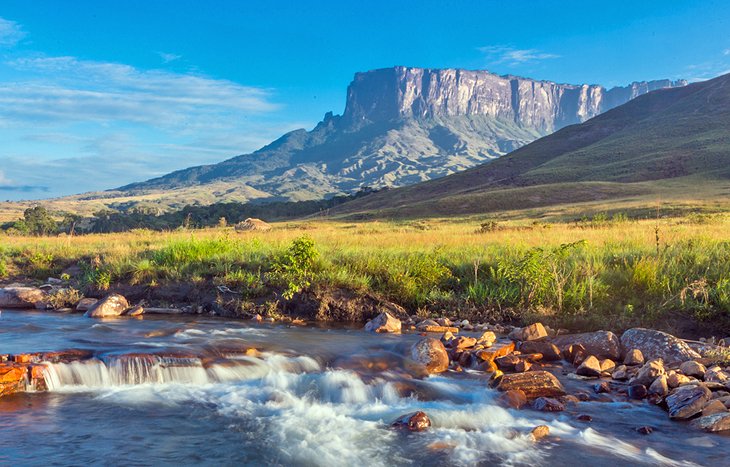
The highest tabletop mountain in South America, Roraima is located within the borders of Canaima National Park. The park covers a massive 30,000 square kilometers and shares borders with Guyana and Brazil. Roraima is a significant area for the local indigenous people - the mountain is central to some of their legends. The steep rock walls of the mountain make it a popular climbing challenge.
Medanos de Coro National Park
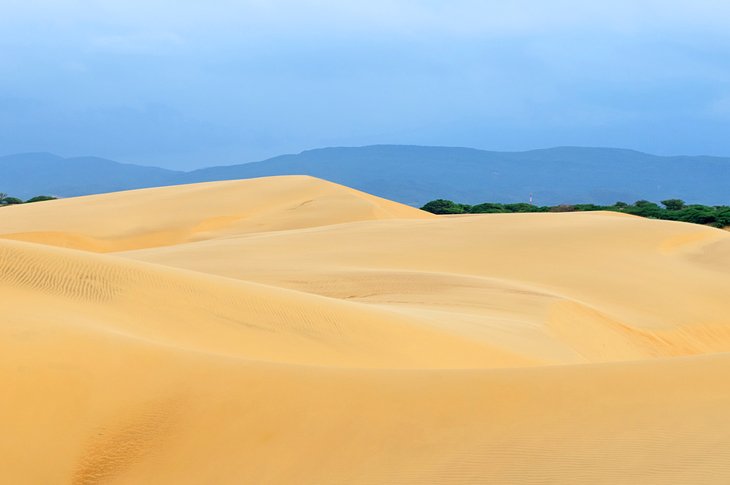
Medanos De Coro National Park is covered in sand dunes and salt marshes. The dunes can reach up to 40 meters tall — because of the lack of rainfall and strong winds in the area, their shape and location are always changing.
Auyán-tepui
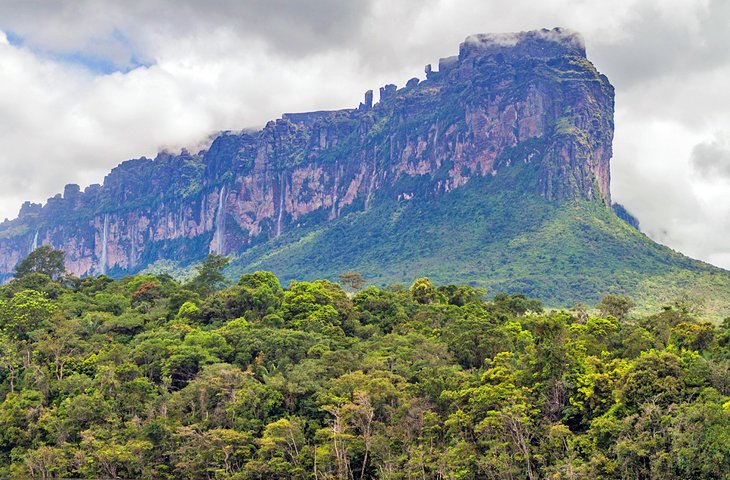
Home to the Angel Falls, this tepui (table-top mountain) is the most visited in Venezuela. Partly forested, partly bare rock, the mountain is also home to a vast network of caves. The Auyan tepui is considered the most difficult trek in the country — the easiest route, from river to river on the sides of the mountain, takes about six hours.
La Gran Sabana
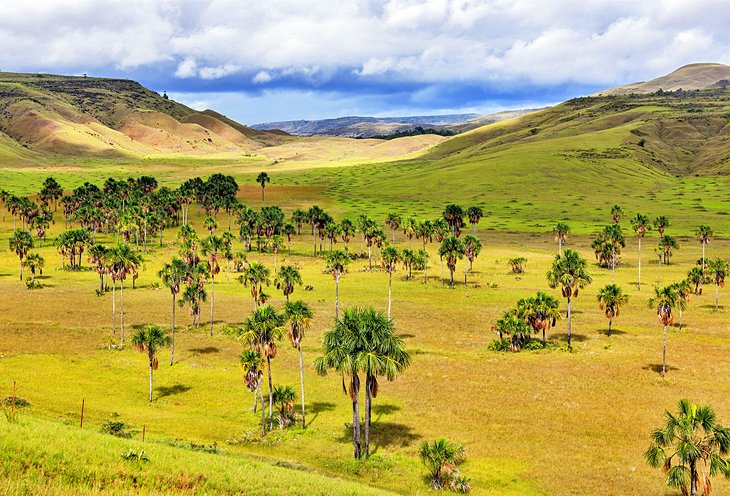
La Gran Sabana (literally, the Great Savannah) is a 10,000-square-kilometer area and one of the world's most unique landscapes — it's part savanna, part jungle, with waterfalls, rivers, and valleys all mixed into one. La Gran Sabana is located inside the Canaima National Park, one of the largest national parks in the world.
El Fosso Cave
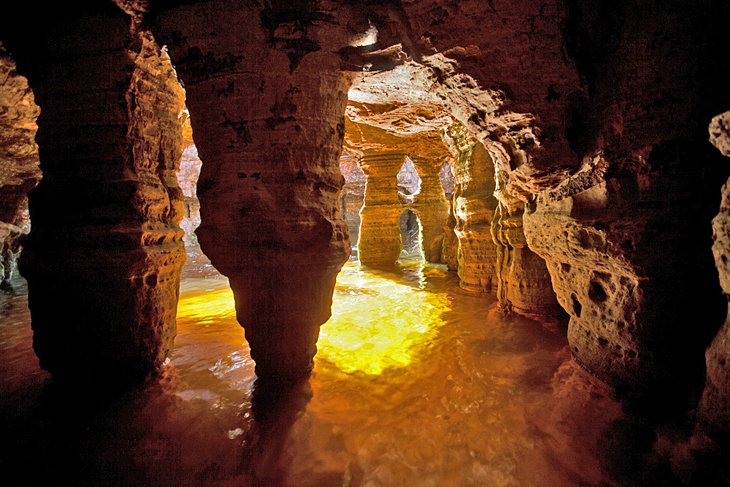
El Fosso is a flooded sandstone cave at the heart of Mount Roraima. Surrounded by towering cliffs and rocky landscapes, the cave can be reached after an arduous trek. While much of the cave is flooded and can't be explored, it's possible to enter it and stand on the edge of the subterranean lake.
Parque del Este
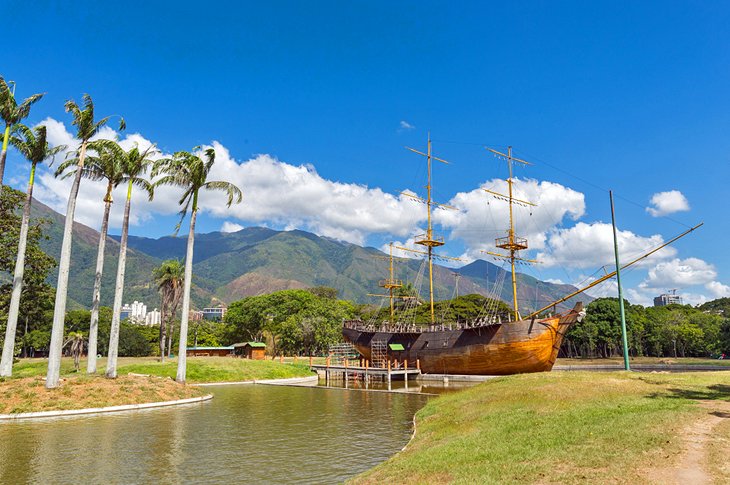
An urban park in Caracas, Parque del Este offers soft green fields, forested paths, and mosaic murals just steps from the capital's main attractions. In addition to a boating lake, the park is also home to a planetarium.
Mucubaji Lagoon
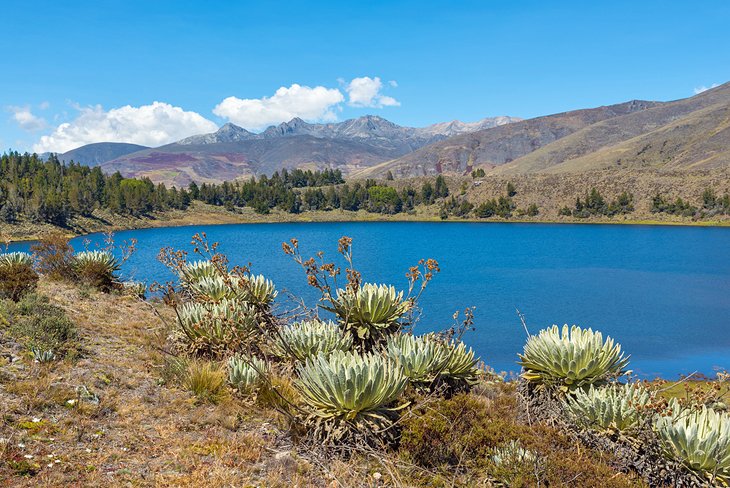
A glacial lake 3,600 meters above sea level, Mucubaji is located high in the Andes and offers stunning open views over the surrounding glacial valley. The lake can be reached by car - visitors often continue on with a hike to Laguna Negra, 90 minutes away.
Humboldt Peak
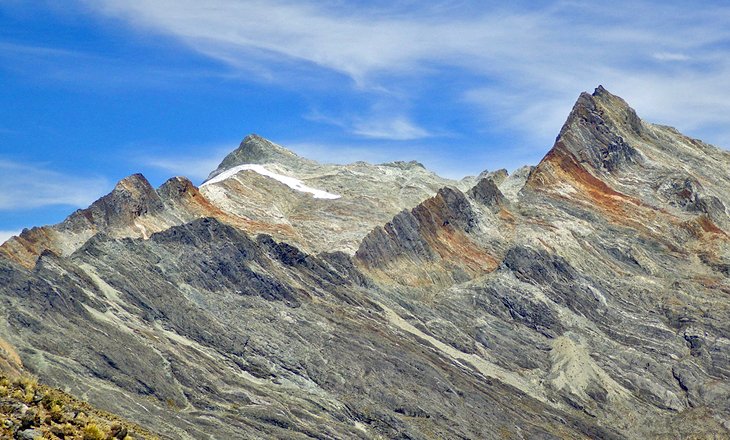
Venezuela's second-highest mountain is part of the Sierra Nevada National Park, home to endangered species such as the spectacled bear. A mix of moorland vegetation and forest (with trees over 20 meters high) cover the mountain. Back in the 1970s, there were four glaciers surrounding the mountain, but three have completely melted, and the last one is expected to disappear within a decade.
Los Frailes Island
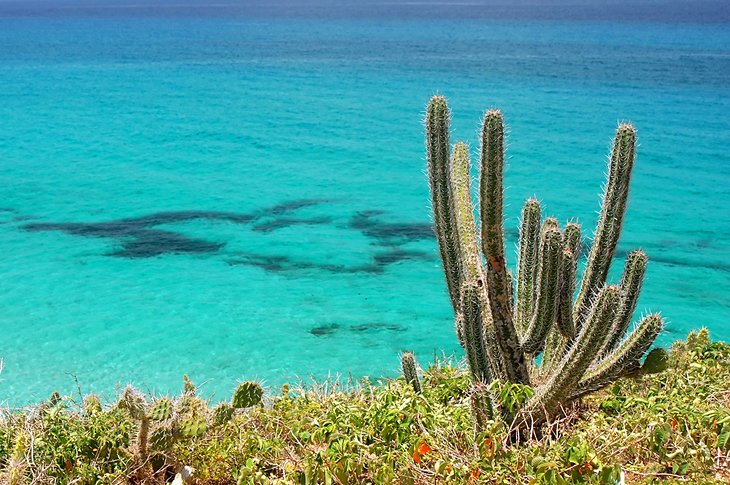
Covered in scrub, desert-like vegetation, Los Frailes is better known as a diving destination. Despite strong currents, the waters around the islands are home to a diverse range of marine life, including everything from rays and eels to balloon fish, colorful coral, and sponges.
Cerro Autana
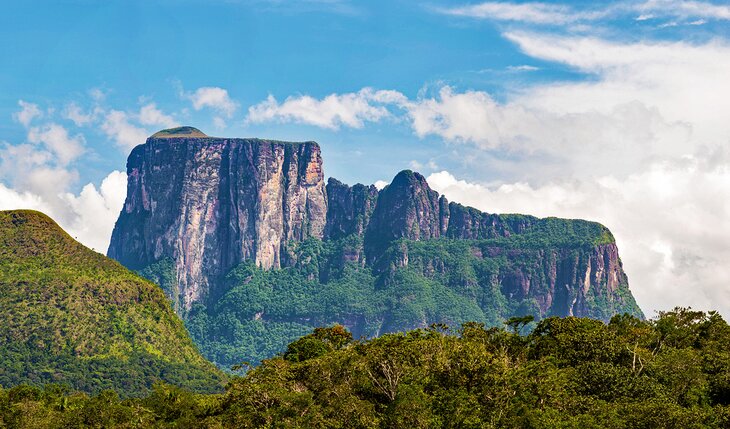
Located near the Colombian border, Cerro Autana is over 1,200 meters tall and was considered sacred by the Piaroa Indians who once inhabited the area. With almost vertical sandstone walls and a flat top, it is now also a must-visit destination for both rock climbers and BASE jumpers.
Isla de Margarita (Margarita Island)
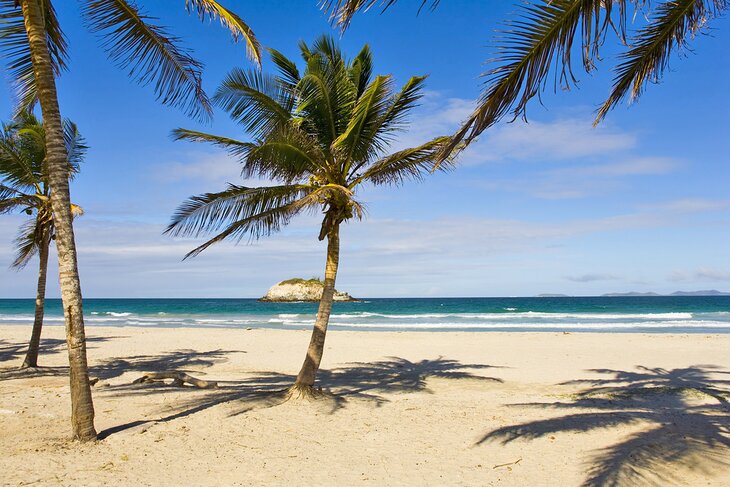
This large island off the northeastern coast of Venezuela has much to offer, but it's especially renowned for its beaches. Perfect for surfing, sunbathing, and long walks by the seashore, the island is known as "the pearl of the Caribbean" — partly because pearls were found here in the 15th century but also because of its beautiful white sands.
Orinoco Delta
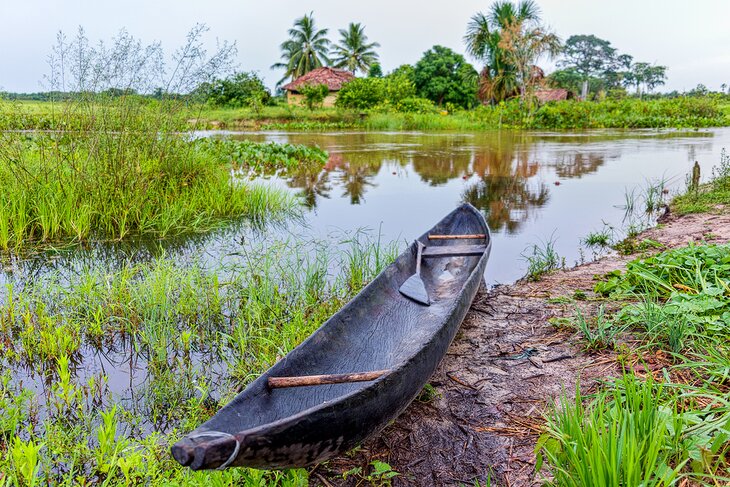
One of Venezuela's eight very distinct natural regions, The Orinoco Delta is mainly a beautiful green-blue swamp forest mixed with mangroves. A number of threatened and endangered species call this area home, including the Amazon river dolphin and the bush dog. There's no better way to explore the area than riding down the wetlands on a boat.



